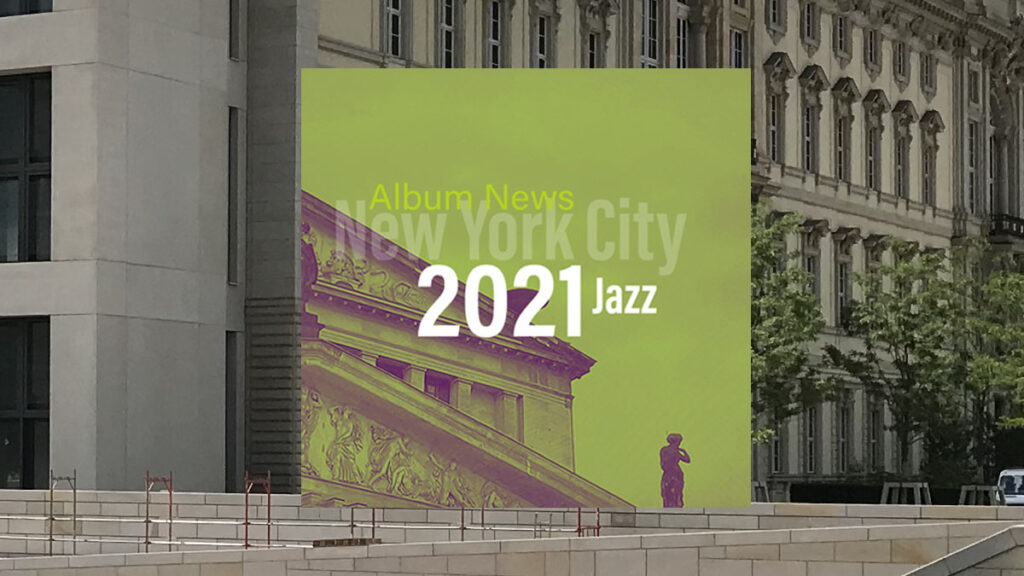Daring Mind Jihye Lee Orchestra
Daring Mind Jihye Lee, from New York – Ben Kono: Alto Saxophone; Rob Wilkerson: Alto Saxophone; Quinsin Nachoff: Tenor Saxophone; Jeremy Powell: Tenor Saxophone; Brian Pareschi: Trumpet; Sean Jones: Trumpet ; John Lake: Trumpet; Alex Norris: Trumpet; Mike Fahie: Trombone; Alan Ferber: Trombone; Nick Grinder: Trombone (All tracks except 2, 5); Mark Patterson: Trombone (tracks 2, 5); Jennifer Wharton: Trombone; Adam Birnbaum: Piano (tracks 1, 3, 4, 6, 7, 9); Haeun Joo: Piano (tracks 2, 5, 8); Sebastian Noelle: Electric Guitar; Evan Gregor: Double Bass; Mark Ferber: Drums
Daring Mind Jihye Lee Orchestra
From Bandcamp: “Released March 26, 2021
Daring Mind Jihye Lee Orchestra Press:
SWR: Von Georg Wasmuth: Daring Mind“ mit dem Jihye Lee Orchestra
Jazz-Fun: Jihye Lee Orchestra – Daring Mind
Allaboutjazz: Listening to bandleader/composer Jihye Lee
Jazzthing: Rolf Thomas
Downbeat: Suzanne Lorge: South Korean composer/leader Jihye Lee won the BMI Charlie Parker Jazz Composition Prize
From New York : This is Our Environment by Joseph Herbst
Evan Taylor – Trumpet and Flugelhorn; Joseph Herbst – Alto and Soprano Saxophones; Liany Mateo – Bass; Luther S. Allison – Piano and Rhodes; Peter Martin – Guitar; Zach McKinney – Drums
Weitere Neuerscheinungen : Aus den USA : Veronica Swift mit 3 Singleauskopplungen – wir dürfen gespannt sein – “The Sports Page”, “Getting to Know You”, “Prisoner of Love”
Bandcamp The Best of Jazz Februar 2021

Berlin Abteilung A-Z
Daring Mind Jihye Lee Orchestra | die vorgeschlagenen Ai-Keywörter: daring mind amazonde cds vinyl | von jihye lee orchestra bei | cd von jihye lee orchestra| daring mind cd von jihye – außerdem soll ich im Gegensatz zum Joshua Redman Artikel die Links auf zwischen 1 und 2 bringen und: nur ein Bildchen verwenden. jihye lee orchestra daring mind

